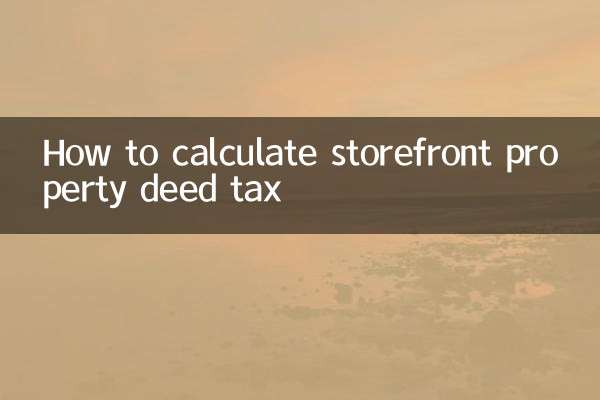Title: How to understand the area within a unit
In recent years, as the real estate market continues to heat up, home buyers are paying more and more attention to the size of their homes. In particular, the concept of "unit area" has become the focus of discussion among many home buyers. This article will combine the hot topics and hot content on the Internet in the past 10 days to provide a structured analysis of the definition, calculation method and importance of "unit area", and attach relevant data comparisons to help readers understand this concept more clearly.
1. What is the internal area of a unit?

The area inside a unit, referred to as "inside area", refers to the actual usable area inside the house, excluding public shared parts (such as stairs, elevators, corridors, etc.). It is a direct reflection of the actual living space of home buyers and an important indicator of the cost-effectiveness of a home.
According to the "Measures for the Administration of Commercial Housing Sales", the calculation formula for the area inside the apartment is:
Area inside the suite = usable area within the suite + wall area inside the suite + balcony area
The following is a comparison table between the internal area and the built-up area:
| Project | Inner area | Building area |
|---|---|---|
| definition | Actual usable area inside the house | Apartment area + common area |
| Contains content | Used area, wall area, balcony area | Apartment area + common area area |
| Home buyer attention | High (directly affects the living experience) | Lower (including shared portion) |
2. Why is the area within a unit so important?
1.Directly affects the living experience: The larger the area inside the apartment, the more usable space and the higher the living comfort.
2.Avoid public disputes: Some developers increase housing prices in disguise by exaggerating the shared area, while the area within the apartment is more transparent, reducing disputes.
3.policy orientation: In recent years, many places have implemented the "price based on the area of the apartment" policy. For example, Chongqing has implemented it for many years, and Beijing, Shenzhen and other places are also piloting it.
The following are the hot topics of discussion on the "inside apartment area" in the past 10 days across the Internet:
| hot topics | focus of discussion | heat index |
|---|---|---|
| Controversy over shared area | Homebuyers call for the abolition of pools | 85% |
| Pilot project on pricing of area within a condominium | Policy trends in Beijing and Shenzhen | 78% |
| Developer promotional tactics | Is the “high housing acquisition rate” credible? | 72% |
3. How to calculate the area within a unit?
1.Useable area inside the suite: Refers to the actual usable net area indoors, excluding wall thickness.
2.Inner wall area: Including the projected area of load-bearing walls and non-load-bearing walls.
3.Balcony area: Enclosed balconies are calculated as the full area, and unenclosed balconies are calculated as half the area.
The following is a calculation table for a practical case:
| Project | Area (square meters) |
|---|---|
| Useable area inside the suite | 80 |
| Inner wall area | 10 |
| Balcony area (enclosed) | 5 |
| Total area within the suite | 95 |
4. How to avoid the area trap when buying a house?
1.Ask the developer to provide a detailed area list: Including the specific composition of the apartment area and shared area.
2.Field measurement verification: When handing over a house, simple tools can be used to measure the dimensions of the main rooms to verify whether they are consistent with the contract.
3.Pay attention to local policies: Give priority to cities or real estate projects that have piloted "in-unit area pricing" to reduce the risk of disputes.
To sum up, the area inside the unit is the core indicator that home buyers should focus on. With the gradual improvement of policies and market transparency, "valuation based on the area within the condominium" may become an industry trend in the future. Home buyers need to understand the relevant concepts in advance to avoid getting into disputes due to area issues.

check the details

check the details